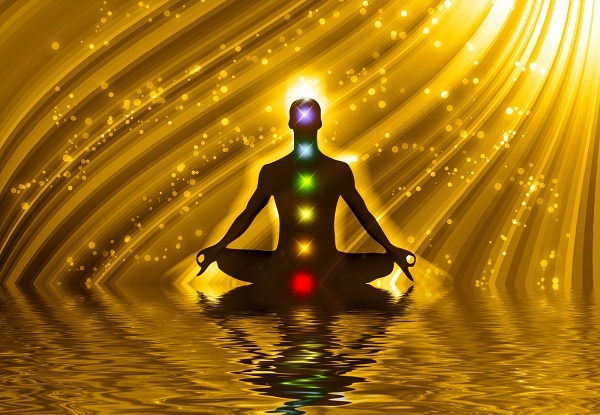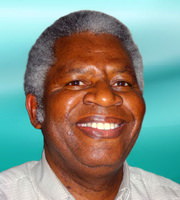
by Julian Kahn
If you suffer from chronic headaches and nothing you have tried is capable of relieving the pain, you should consider dialectical behavior therapy (DBT). DBT was developed by a psychologist Marsha Linehan in the late 1980s to treat various mental health disorders such as borderline personality disorder.
The Theory Behind Dialectical Behavior Therapy
Dialectical behavior therapy was originally developed as a type of cognitive behavior therapy. However, due to the nature of its principles and strategies, DBT is quite effective in treating chronic physical pain as well.
This is mainly due to the fact that physical and emotional pains are closely related. While a physical problem can create emotional pain, emotional problems can also encourage the development of physical pain. With that said, it is believed that by accepting reality as it is rather than what we wish it to be, we can effectively turn our focus elsewhere and thus, relieve or reduce our pain.
Four Components of Dialectical Behavior Therapy
Dialectical behavior therapy consists of both individual and group therapy sessions that focus on four essential skills. These skills, as described below, are the main components of DBT, and within each one of them are several lessons that can help you manage chronic pain.
- Mindfulness: The essential part of all skills taught in skills groups are the core mindfulness skills. What these skills basically teach you is that you have a choice of where to focus your thoughts. While you can choose to focus on the negative aspects of life, you can also choose to focus on the positives.
These skills also teach you that anything that is happening to you is only fleeting, and you are not powerless. You can make use of mindful awareness to keep yourself in the present without worrying about the future. Furthermore, when you practice mindful awareness, you can better prepare yourself for many of the other essential skills.
- Interpersonal effectiveness: Interpersonal effectiveness training is quite similar to classes that teach assertiveness and problem-solving skills. During this part of therapy, you will learn effective strategies to handle conflicts, to find out what others want and to say no.
Actually, many people are aware of these skills and know what others should do in various situations, but they are incapable of implementing these skills on their own. However, during this module, you will learn such useful lessons as how to make requests and how and when to say no without damaging the relationship you have with the person(s) in question.
- Distress tolerance: While some treatment programs focus on changing stressful events and situations, DBT teaches distress tolerance and acceptance. You will learn how to accept the stress you are experiencing without letting it damage how you feel.
One way to accomplish this is through distraction. In other words, participate in an enjoyable activity that will take your mind off of your pain. Another way to distract yourself from stress is through self-soothing activities. These activities can include relaxation exercises, soaking in a bubble bath or getting a massage.
- Emotion regulation: If you can learn to control your emotions, you can often keep yourself virtually stress-free. With that said, this module teaches you how to identify your emotions, identify any obstacles to changing them and how to change them by focusing on increasing positive emotions.
These are the main lessons of DBT that can help you manage your chronic headaches. Controlling your physical and emotional pains is largely possible once you have the right tools.
Image Source/Credit: http://www.flickr.com/photos/cayusa/2235473537


















